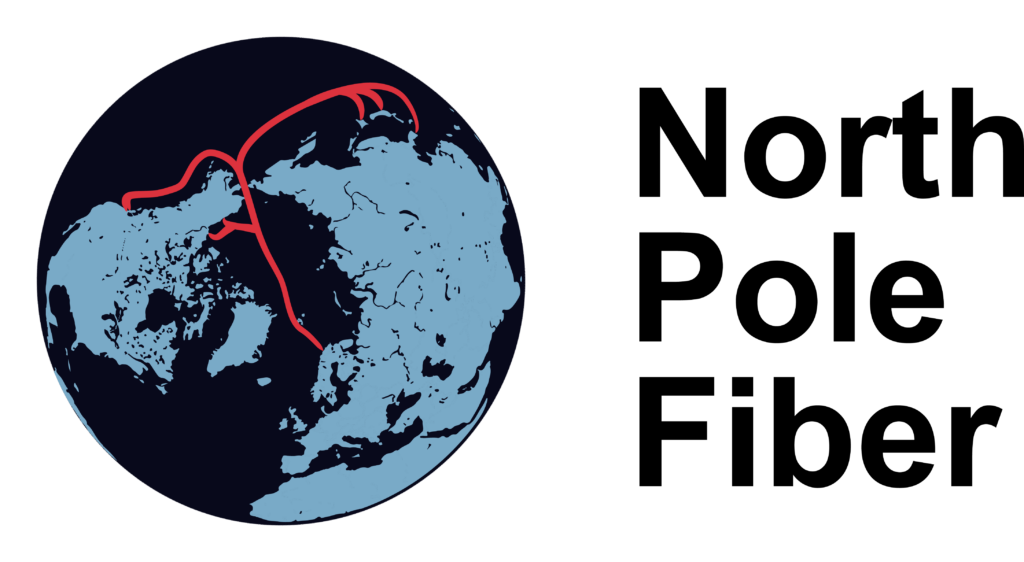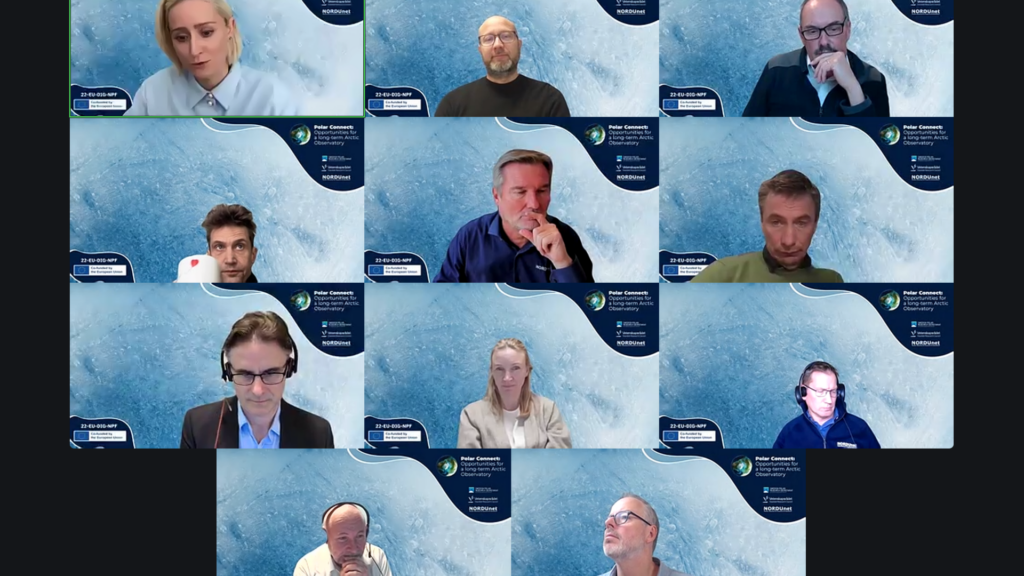Nordic and international researchers are keen to equip the future Polar Connect fibre optic submarine communication cable through the Arctic Ocean with sensors to support a range of scientific fields.
Marine wildlife, earthquakes, and changes in the heat content of our oceans are just three examples of topics which can be studied by equipping a submarine fibre cable with scientific sensors.
The Swedish Polar Research Secretariat (SPRS), in collaboration with NORDUnet and the Swedish Research Council (VR/Sunet), invited scientists to a webinar on scientific sensing opportunities related to Polar Connect. The goal of Polar Connect is to link Northern Europe to East Asia and North America via a route passing under the Arctic Ocean’s sea ice.
Webinar attendees from Europe, East Asia, North America and beyond represented a wide range of disciplines including biology, geophysics, acoustics, geology, and physical oceanography.
Additional value from all-year data
The total number of registrations was 166 with a peak number of 139 participants in the webinar. The high level of participation signals a broad interest of Nordic and international scientists.
“Polar Connect will pass through some of the least explored and least monitored waters on the planet. And notably, the sensors on the cable will be able to provide data all year around. Due to the sea ice, expeditions are mostly limited to a short period in the Arctic summer. Continuous, all- year-around data will have substantial scientific value,” says Julia Muchowski, project leader at SPRS.
With her background as a physical oceanographer, Julia has joined three Arctic expeditions on the Swedish icebreaker Oden. IB Oden is one of the world’s prime vessels for Arctic scientific expeditions. Having spent several months in the Arctic, Julia experienced the beauty and the challenges of collecting scientific data in such a harsh and remote environment.
“Collecting scientific data from the Arctic region currently requires many resources. Just getting to our planned study site can often be a challenge, the weather determines our possibilities to collect data, and our measuring campaigns are often limited by strong winds, poor visibility, and polar bear alerts. Freezing sensors, material failure, and unexpected changes in conditions are part of the daily life on an icebreaker in the Arctic. Scientific sensors embedded in a submarine cable could contribute data streams from the deep ocean that are extremely difficult to collect from a research vessel.”
The time for defining scientific projects is now
The online event included a session where attendees joined breakout rooms to discuss specific issues relating to Ocean and Climate, Biology, Geophysics, and Policy-Data Management- Engineering thematic areas.
“Moderating one of the breakout sessions, I had prepared some slides just in case things should become a bit slow. However, that soon proved redundant. Discussions were lively, and I felt we could have easily used twice as much time”, says Julia.
According to current estimates, Polar Connect can be inaugurated in 2030 or soon thereafter. This is not distant in the context of scientific infrastructure, Julia underscores:
“The time to get engaged is now! If you are a scientist with an idea of how to use data from Polar Connect for your research, let us know what you need. What kind of data is essential for your planned research? What accuracy, and spatio-temporal resolution are needed? We are even looking into developing new sensors for scientific data collection on Polar Connect. Therefore, we encourage scientists to get engaged now.”
Some new contacts were already made during the webinar. NORDUnet, SPRS, and VR/Sunet look forward to further facilitating science engagement related to Polar Connect at the upcoming Arctic Circle Assembly on 17-19 October in Reykjavik, Island, the Forum for the Arctic and the Antarctic on 6-7 November in Kiruna, Sweden and the Arctic Frontiers Conference in January 2025 in Tromsø, Norway.
The webinar “Polar Connect – Opportunities for a long-term Arctic Observatory” was held on October 7, 2024, co-organized by NORDUnet, the Swedish Polar Research Secretariat (SPRS) and the Swedish Research Council (VR/Sunet). Recorded presentations and slides from the webinar can be found via the link below: https://npf.nordu.net/recordings/

